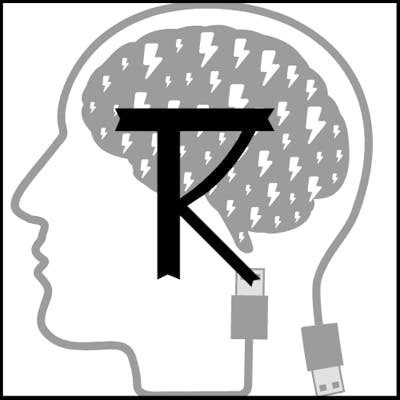History of C language
History of C
The first computer was developed in 1942. It is an electronic machine which understands only the flow of current. If the current is flowing it will be '1' and if no current flows then it is defined as '0'. Hence, the language of computer is Binary Language which is made up two numbers 0 and 1. We are all familiar with GB which is storage unit in computers or mobile phones. We have the smallest unit as Bit, while 8 bits forms a Byte, 1024 bytes forms a Kilo Byte(Kb), 1024 KB forms a Mega byte(Mb) then Giga Byte(GB), then Tera Byte(Tb), Peta Byte(Pb), and so on.
⬜⬜⬜⬜⬜⬜⬜⬜ → 1 Byte (8 bits)
↓
1 bit
Bit → Byte → Kilo Byte (KB) → Mega Byte (MB) → Giga Byte (GB) → Tera Byte (TB) → Peta Byte (PB) → Exa Byte (EB) → Zetta Byte (ZB) → Yotta Byte (YB)
If we have current in a bit then it is "On-bit" and if there's no current then it is "Off-bit". In 1942, when 1st computer came people used Assembly language. As the name suggests, it required a number of people to work all together for a particular purpose. Let's take an example of calculator, we need to take input from user, give output to user, have code for summation, difference, multiplication and division. Now, in Assembly language the code was written in binary only so it was very difficult to learn lots of code and hence one person can do only one thing (to understand this easily) Person 1 knows how to take input from user Person 2 knows how to give output to user Person 3 knows how to do addition Person 4 knows how to do subtraction Person 5 knows how to do multiplication Person 6 knows how to do division If one person is unavailable then the calculator will not function properly.
Taking this into consideration and as the development continued, a new language was formed named Algol in year 1960's. It was comparatively easier then assembly language. For example 100 lines of code in assembly language got converted into 3-5 lines of code in Algol. Now, it was much easier to learn more things. As the further development continued, a team of people were able to make a new and much easier language than Algol which was named BCPL (Basic Computing Programming Language) in the year 1965's. But a scientist from this team had a new idea and needed support but was left alone. He worked on his idea and developed a better language than BCPL named Basic which is known as B Language. All these languages used binary and was still difficult but then came a change.....
Another scientist from the same laboratory got an amazing idea after going through B language and he got all the resources from the developer of B language. He then worked and made a tool named compiler. A compiler is a tool which can convert human readable language to machine readable language. With this he developed a language named C in the year 1971-72. A sum up to this:-
C was developed by Denis Ritchie in 1971-72 at AT&T Bell Laboratory. C was the first language in which code was written in human language. Further advancement led to an upgraded version of C with more security and is well-known as C++ in the year 1978. Remember one thing that C is a case sensitive language.
We have basically two types of languages, High level langauge which we use and, Low level language that is used by system
Source Code ==> (Compiler) ==> Machine Code ==> (Run) ==> Output
.c/.cpp .bak/.obj .exe
We write program in high level language which is Source Code generally saved as .c or .cpp, a compiler converts it into machine code with extensions .bak or .obj which when run gives us output.
You can use Turbo C++ IDE or any online compiler to write and run your code. IDE is Integrated Development Environment where everything required for development from writing program till output screen is provided within the application.
This was all about the history of C language including some knowledge of storage unit and how C program runs or executes. In the next blog you will get the first program of C language with some other basic programs. See you there....
